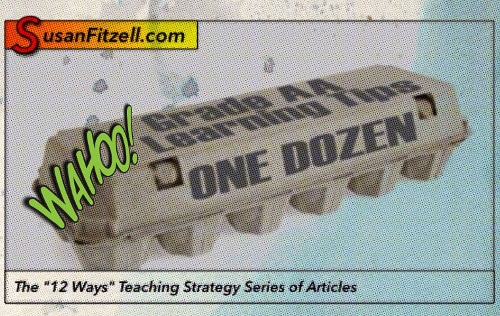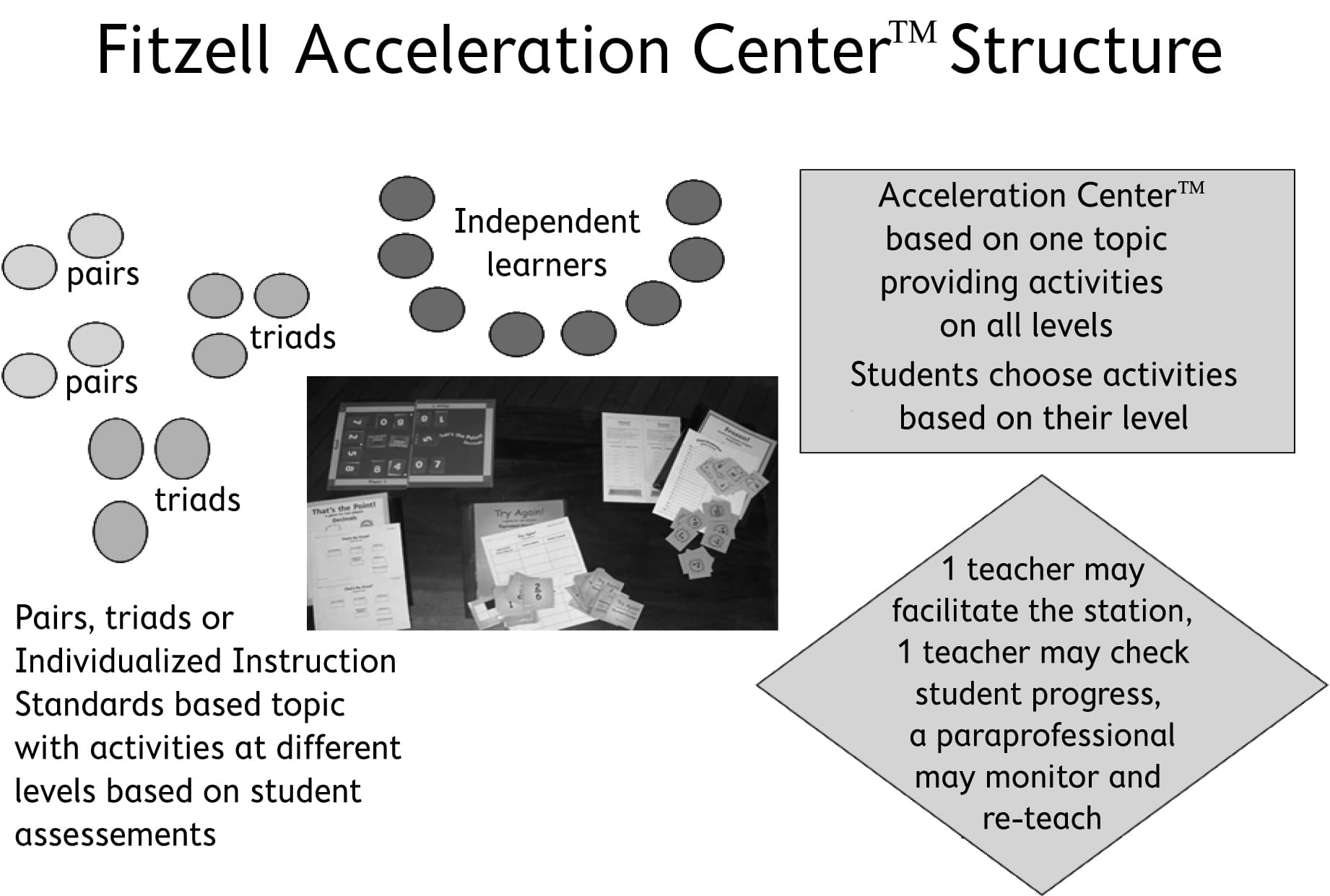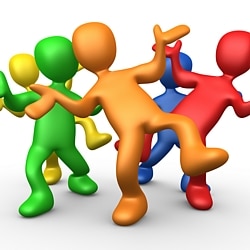The Shocking Truth About Educational Labels and How To Teach All Students!
At the heart of all the theories, ideas, and different labels; regardless of the vernacular, what we're really talking about is adjusting our teaching to respect the way our students learn. It's about employing strategies that have been proven to work, and adjusting the way we offer learning, based upon the feedback we receive from constant progress monitoring. Ultimately, it is about applying What I like to refer to as Really Terrific Instruction.




